'Open trade may hurt key sectors'
Ministry opposes immediate opening of imports on fears of job losses
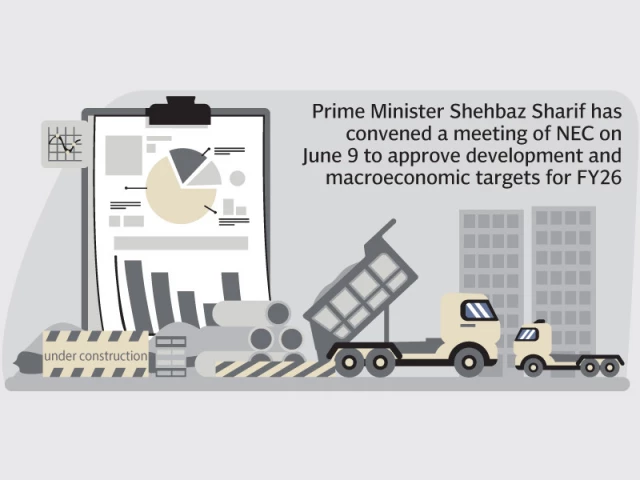
The Ministry of Industries has cautioned the federal government that its aggressive trade liberalisation plan may hurt at least 15 major job-creating sectors, urging phased implementation that excludes imported finished goods in the initial stage.
The warning came the day Prime Minister Shehbaz Sharif convened a meeting of the National Economic Council (NEC) on June 9 to approve development and macroeconomic targets for the next fiscal year, just a day ahead of the federal budget announcement. The timing may challenge the planning ministry's ability to publish relevant documents based on NEC decisions just hours before the budget is presented.
According to sources, during a recent meeting of the steering committee overseeing the implementation of the new National Tariff Policy, multiple ministries advised against fully opening the economy to foreign competition in the upcoming fiscal year.
Finance Minister Muhammad Aurangzeb chaired the meeting, although no official statement was issued afterward. The government plans to significantly reduce import duties starting next fiscal year as part of its broader trade liberalisation agenda. However, domestic industries have expressed reservations, prompting the prime minister to form a steering committee under Aurangzeb to review the potential fallout.
Sources said the Ministry of Industries urged the steering committee on Monday to reconsider the decision, recommending a gradual reduction in tariffs that starts with raw materials and intermediate goods rather than finished products.
The finance minister, however, stated that such decisions fell outside the steering committee's purview and should be raised directly with the prime minister. Some members disagreed, arguing that assessing the impact on vulnerable industries was well within the committee's mandate.
Under the current plan, customs duty slabs will be reduced to four levels: 0%, 5%, 10%, and 15%, down from the existing five-tier system that tops out at 20%.
The Ministry of Industries informed the committee that most industries fear the new policy may force closures. It identified at least 15 sectors likely to be adversely affected, including chemicals, polyester, iron and steel, automobiles, and ceramicsall of which are major job generators.
There are also concerns that a sudden opening of the economy could lead to a surge in imports, triggering a balance of payments crisis. The country's foreign exchange reserves are already under pressure, with the rupee's value slipping close to Rs284 against the US dollar. Additionally, difficulties have emerged in opening some letters of credit due to major debt repayments this month.
If external account pressure increases, the government may be forced to devalue the rupeea move in line with recommendations from the International Monetary Fund (IMF).
The Ministry of Commerce had initially proposed a six-tier duty structure0%, 3%, 6%, 9%, 12%, and 20%but the prime minister did not agree.
During the steering committee meeting, some members advocated for duty reductions on raw materials and intermediate goods first, cautioning against cutting tariffs on finished goods too soon. However, liberalisation proponents argued that deferring reductions on finished goods would make them harder to implement later during the five-year rollout.
The steering committee ultimately decided to revise the duty reduction plan by initially lowering tariffs on raw materials and intermediate goods only. A key point of contention was whether the estimated Rs200 billion in lost duties should be distributed across all duty slabs, including additional customs and regulatory duties. While relevant ministries pushed for a prudent rollout plan, private sector representatives called for uniform reductions across the board.
As per the government's plan, additional customs duties will be abolished over four years, starting with the upcoming budget, while regulatory duties will be phased out over five years. The Fifth Schedule of the Customs Actcovering imports of capital goods and industrial raw materialswill also be scrapped in five years.
One technical debate centered on why the duty on Purified Terephthalic Acid (PTA), a raw material used to produce other raw materials, was excluded from the reduction plan, even though a duty reduction for Polyester Staple Fiber, which is derived from PTA, was included.
New plan
Meanwhile, Prime Minister Shehbaz Sharif has convened the NEC meeting on June 9 to approve the Annual Development Plan and set macroeconomic targets for FY2025-26. The NEC, chaired by the prime minister and comprising the four provincial chief ministers, is responsible for approving federal and provincial development plans.
Sources said the government plans to set the GDP growth target at 4.2% for the next fiscal year, up from the disputed 2.7% figure for the current year. The initial draft of the new annual plan projects a cautiously optimistic outlook, with agriculture expected to post modest gains and the industrial sector poised for a stronger rebound. This is expected to be driven by improvements in large-scale manufacturing, better energy supply, and stability in the construction sector.
The Annual Plan 2025-26 is aligned with the "URAAN Pakistan" strategy, which aims to boost foreign exchange earnings through higher exports, increased remittances, and greater foreign direct investment. It is based on the export-led 5Es Framework, which prioritises diversification, global competitiveness, import substitution, innovation, Small and Medium sized Enterprises (SMEs) development, and cluster-based industrial growth to reinforce the "Made in Pakistan" brand.
With these strategies, Pakistan seeks sustainable growth and greater resilience against external shocks.

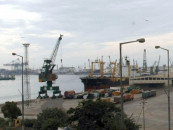
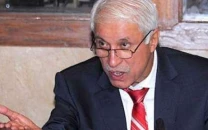
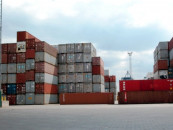









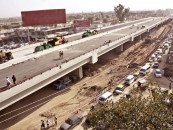








COMMENTS
Comments are moderated and generally will be posted if they are on-topic and not abusive.
For more information, please see our Comments FAQ